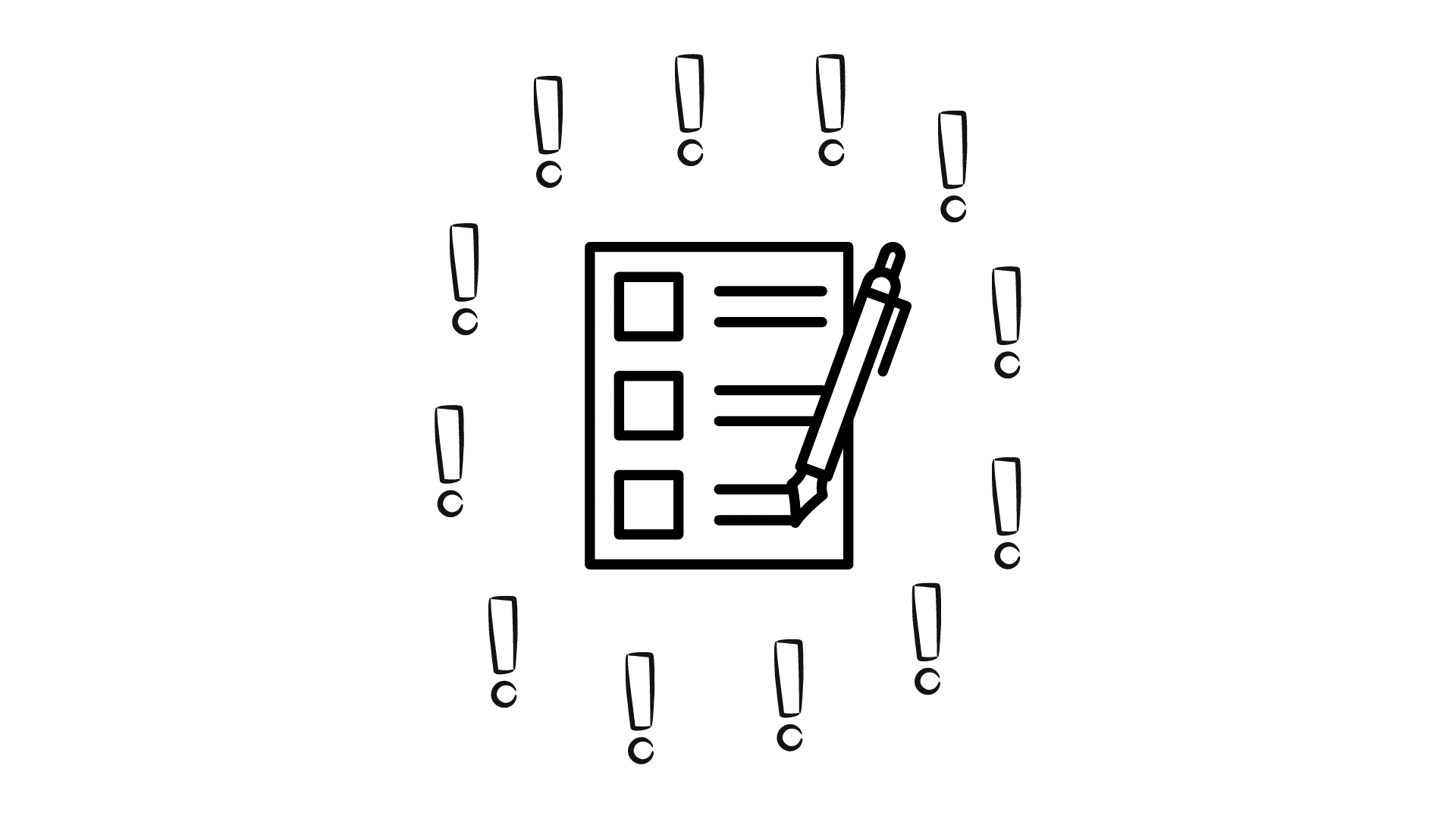An integral aspect of any software development process is quality assurance testing. It makes sure the product complies with the specifications and is prepared for use. With the right quality assurance testing tool, you can unlock the full potential of your development team and make sure the product meets the highest standards. Quality assurance testing is a crucial stage in any software development project. It helps ensure that the product meets the customer’s needs and is of a high quality before it is released to the public. Quality assurance testing also helps reduce costs associated with fixing any defects that may have been missed during the development process.
The importance of QA testing cannot be overlooked. Here are some reasons why QA testing is crucial:

- Ensuring software quality: QA testing helps to ensure that software products are of high quality and meet customer requirements.
- Minimizing risks: QA testing helps to minimize risks by detecting and fixing defects before they can cause significant issues or problems.
- Enhancing customer satisfaction: QA testing helps to ensure that software products are functional and free of defects, which enhances customer satisfaction.
- Reducing costs: Costs are reduced by QA testing since it finds flaws early in the development process, saving money on repairing them later.
- Maintaining brand reputation: QA testing helps to maintain brand reputation by ensuring that software products are of high quality and free of defects, which helps to build customer trust.
But what should you consider while choosing a tool for QA testing? This article will provide you with the key features to look for in order to maximize the power of an effective QA testing tool.
Comprehensive Testing Capabilities
An effective QA testing tool must have comprehensive testing capabilities. It should be able to test all aspects of the software product, including functionality, performance, security, and usability. The tool should be able to test the software product in different environments, such as web, desktop, and mobile.
Integration with Different Development Tools
The ability to integrate with many development tools is a requirement for a successful QA testing solution. This covers bug tracking, continuous integration, and continuous deployment (CI/CD) systems, as well as version control systems. The testing process can be made more effective and streamlined with the use of integration with development technologies.
Easy to Use and Customizable
An effective QA testing tool should be easy to use and customizable. The tool should have an intuitive user interface that makes it simple for testers to generate and execute tests. The tool should also be adaptable to the particular requirements of the development team.
Test Automation Capabilities
Test automation is an essential feature of an effective QA testing tool. Automation allows testers to create and run tests automatically, which can save time and reduce the likelihood of errors. The tool should support different types of automation frameworks and be able to execute automated tests in parallel.
Support for Multiple Programming Languages
An effective QA testing tool should support multiple programming languages. This allows developers and testers to work in the language of their choice and ensures that the tool can be used across different projects.
Real-Time Reporting and Analytics
An effective QA testing tool should provide real-time reporting and analytics. The tool should be able to generate reports and metrics that provide insights into the quality of the software product. This includes test coverage, test execution time, and test pass/fail rates. This will make it easier to make sure the item satisfies the requirements and is prepared for use.
Scalability
One of the most important features to look for in a quality assurance testing tool is scalability. Scalability is the ability of the tool to accommodate changes in the product or the testing environment. Making sure the tool can scale up or down as necessary is crucial. This will help to ensure that the product is able to accommodate any changes in the development process. This entails having the capacity to integrate with cloud-based services and conduct tests concurrently.
Support for Different Test Types
An effective QA testing tool should support different types of tests. This covers acceptability testing, system testing, integration testing, and unit testing. The tool should be able to run many test types and deliver findings that are simple to understand.
Support for Different Platforms
An effective QA testing tool should support different platforms. This covers various hardware, browsers, and operating systems. The tool should be able to execute tests across different platforms to ensure that the software product works as expected.
Customer Support
A successful tool for QA testing must have customer assistance. The tool should provide excellent customer support, including documentation, tutorials, and user forums. The tool provider should also offer prompt and efficient support to address any potential problems.
Support for test data management
The tool should be able to generate and manage test data, including test cases, scenarios, and inputs. The ability to manage test data can help to ensure that tests are repeatable, consistent, and cover all possible scenarios. The tool should also be able to generate test data automatically, reducing the amount of time and effort required to create test data manually. The accuracy and productivity of the testing process are increased, and the quality of software products is enhanced by effective test data management.
Any software development project must use the appropriate quality assurance testing tool. Make sure the tool you choose has all the capabilities required to guarantee that the end product satisfies the customer’s expectations. Additionally, make sure the tool is simple to use and works with your current systems.
Conclusion
An effective QA testing tool must have comprehensive testing capabilities, integration with different development tools, be easy to use and customizable, support test automation, support multiple programming languages, provide real-time reporting and analytics, be scalable, support different test types, support different platforms, and provide excellent customer support. By considering these features when selecting a QA testing tool, you can ensure that you choose a tool that meets the specific needs of your development team and helps to deliver high-quality software products.


























